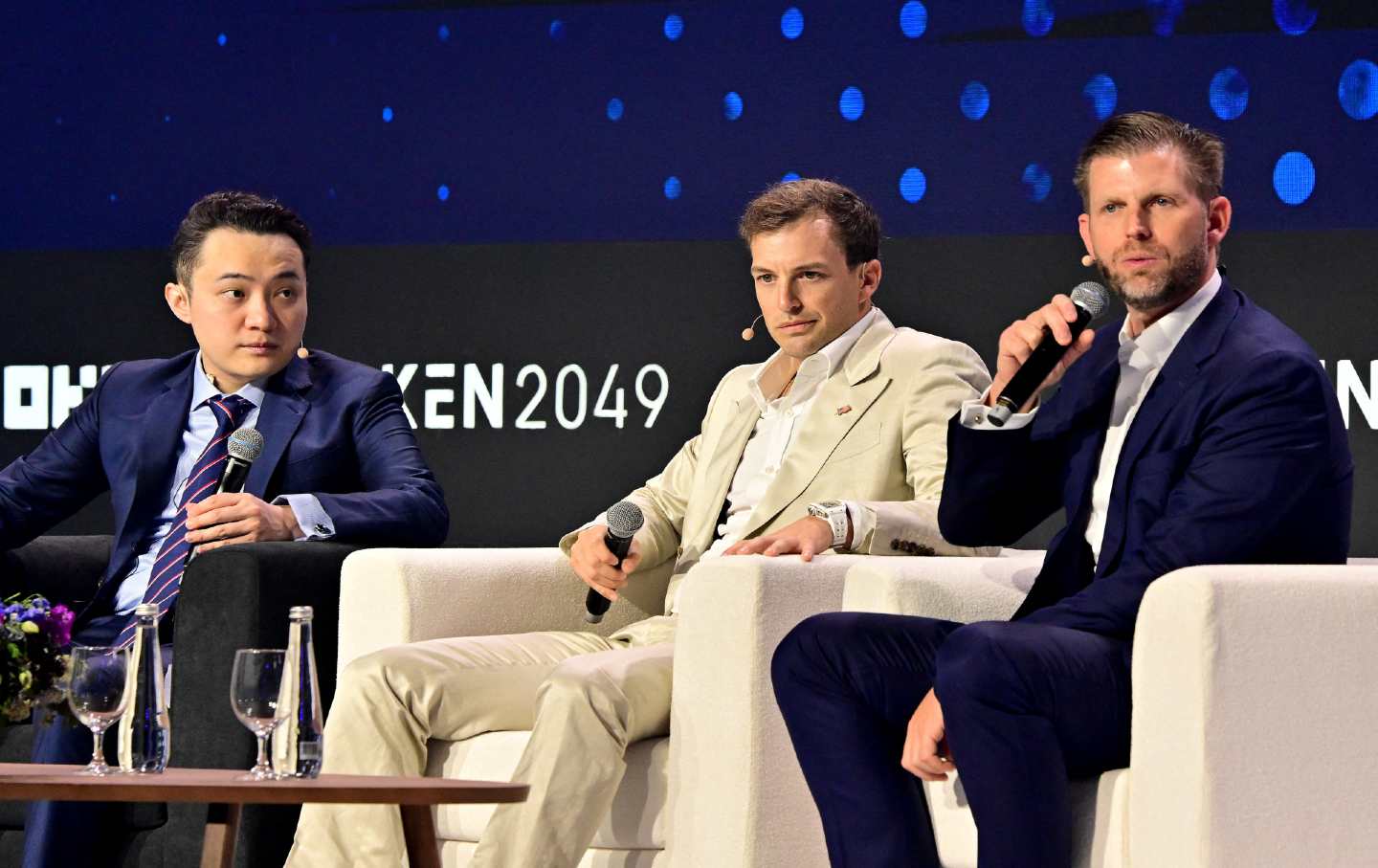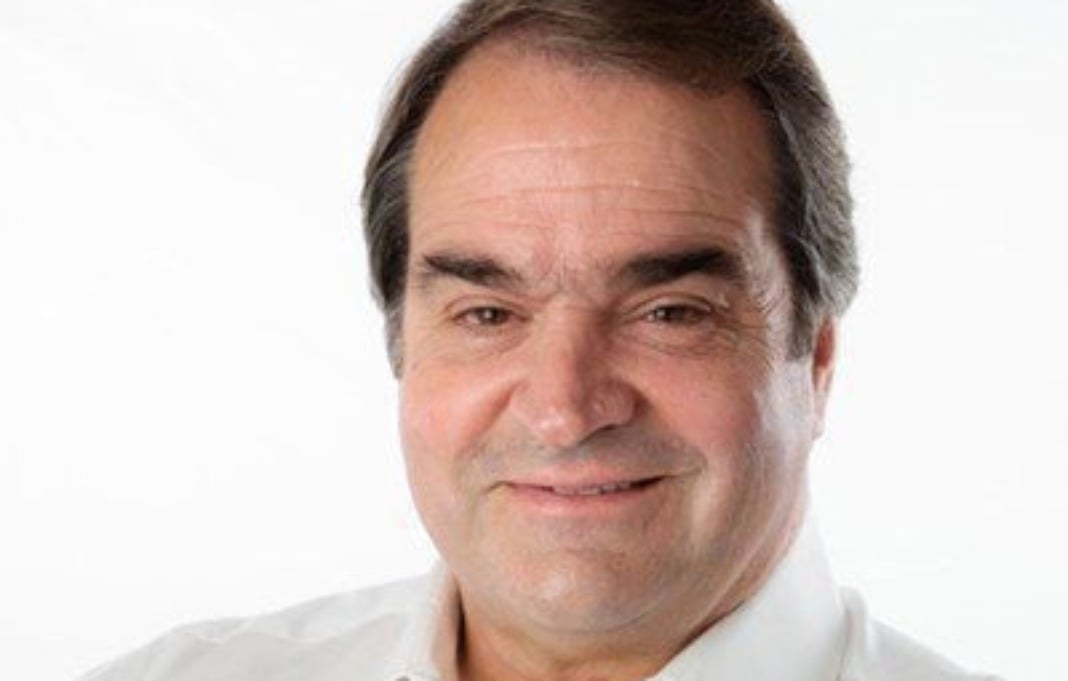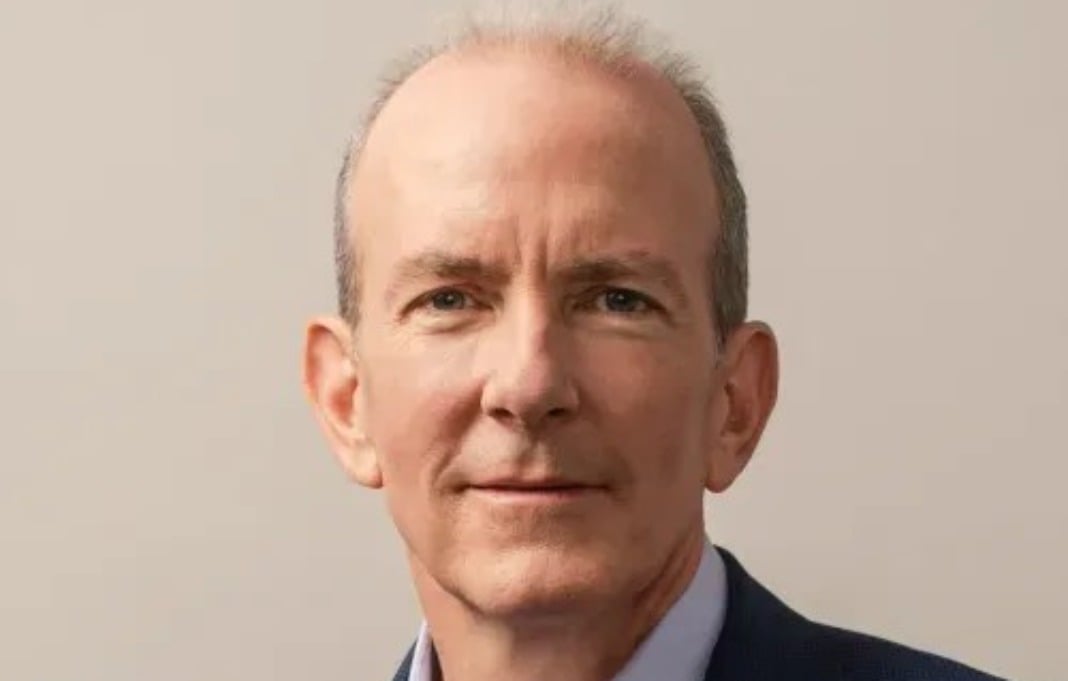[ad_1]
Kevin Sayer had only been at Dexcom for a few months when he was faced with a career-defining decision: the company was set to announce the release of its new glucose monitoring device, but there was a problem when Sayer learned from some trusted sources that the device was no better than the previous version.
Faced with the decision about whether to release it or not, and knowing that not releasing it on the promised date would invariably hurt Dexcom’s stock price, Sayer chose the harder path and told his CEO, “It’s not good enough. We can do better.” And then he told the engineering team that had designed the new pump the same thing. He and the team went to work on making the device not just newer but also better than ever.
And, yes, Dexcom’s stock did drop a bunch of points, going from $17 to as low as $6-and-change. But at Dexcom, says Sayer, “nobody blinked,” because they were not depending on the momentum typically generated by rising stock prices after a new product release. Sayer had created a different measure of momentum that began and ended with the team itself.
“You have to develop metrics internally that deliver momentum,” he explained in the podcast. “And that’s done by setting and achieving goals. Sometimes, if things are going badly, you have to create just a little momentum to turn it around. You have to encourage and communicate. You can’t wait for the home run every time. Sometimes, you have to start small.”
When Dexcom finally released the new device, it vindicated Sayer’s discipline and high standards by becoming a product that people could rely on and, as a result of word of mouth, the stock took off. As of this writing, it sits somewhere in the $121-per-share zone. “We’re a top 10 returned company in the S&P 500 ever since then,” he noted.
The first company to develop a system to monitor glucose levels without finger pricks or scanning, Dexcom is now recognized as a world leader in medical technology.
Listeners to the podcast will learn how to manage “internal” momentum shifting, including:
• Communicating with investors when there has been a change in plan.
• The advantage of long-term thinking over short-term gain as a go-to-market strategy.
• How the Dexcom Warriors Project fused the company’s product and purpose.
• Why less usually means more when it comes to CEO communications.
“When I became CEO of Dexcom, I gave what I thought was a beautiful speech,” he recalled. “It had the exact tone I used as CFO and included lots of details. After the speech, I called a friend and former CEO to get his feedback. He told me, “You’re not CFO anymore. You’re the CEO. They need to hear your vision.’ After that, I worked with a coach. You’ve got to seek out people who have been there before.”
The post Dexcom Leader Kevin Sayer: Create Your Own Momentum appeared first on ChiefExecutive.net.
[ad_2]
Original Source Link


































































